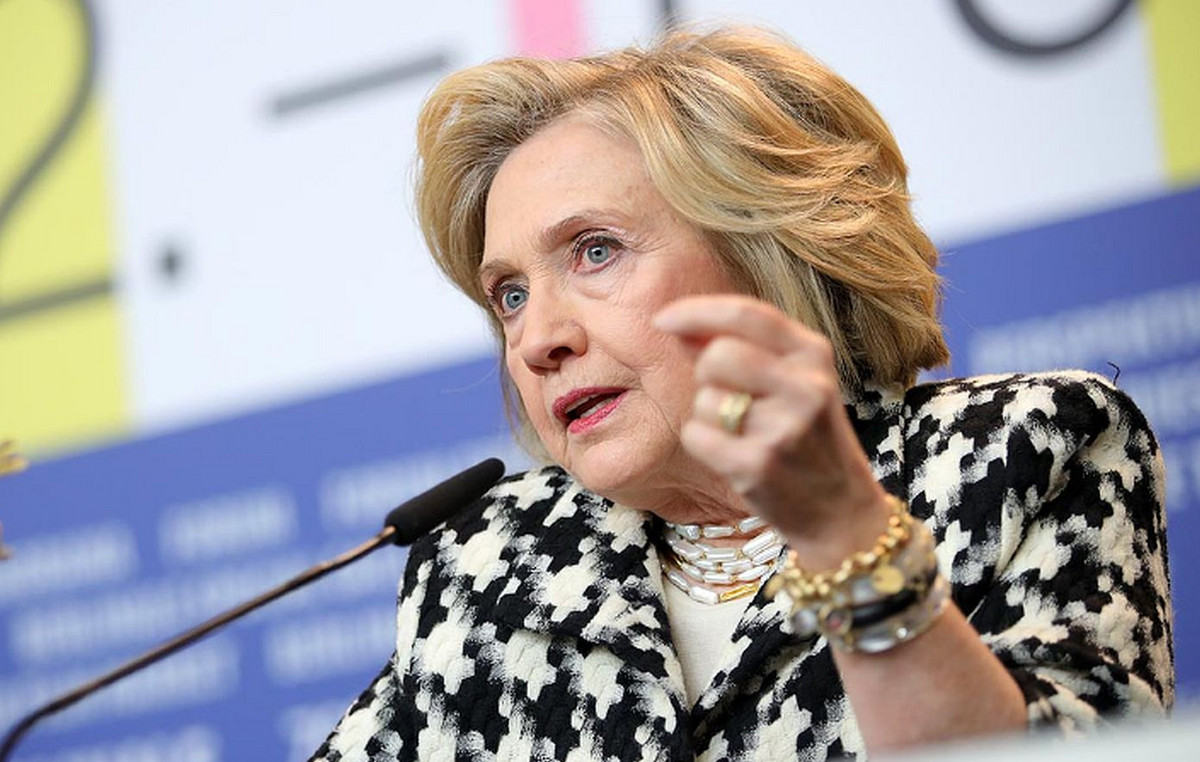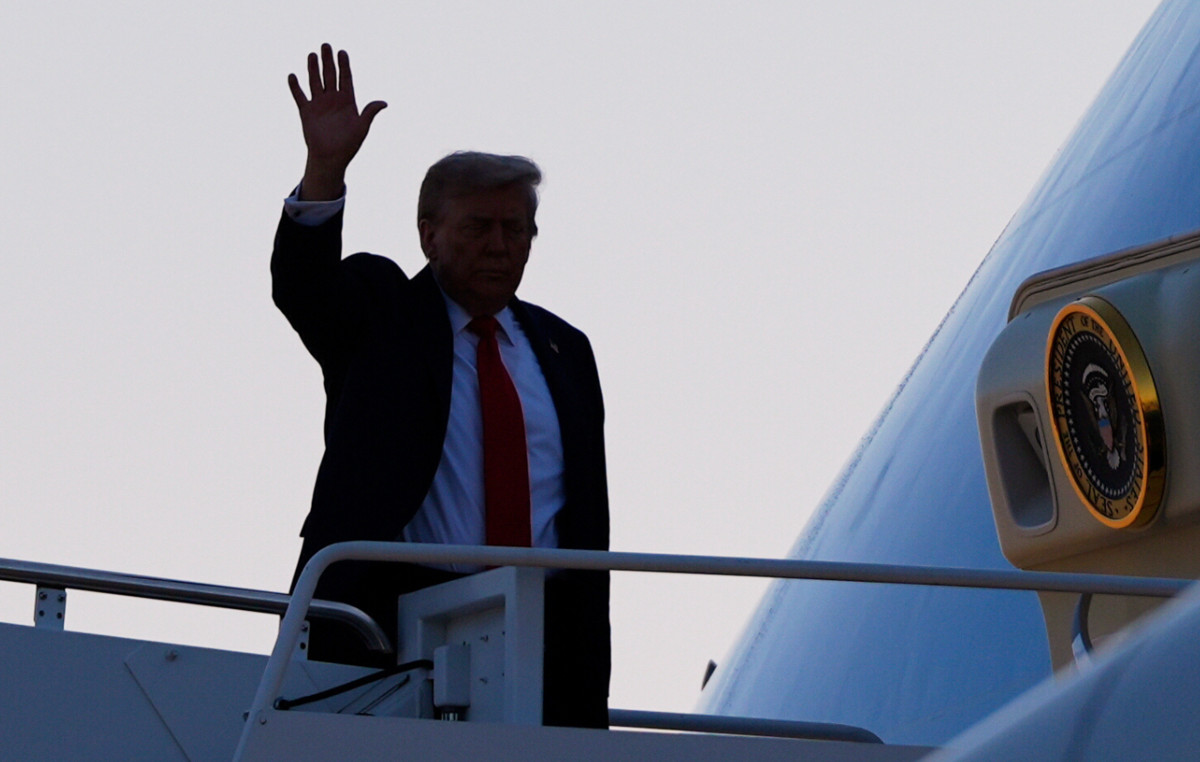- The price of gold operates with caution near the key level of 3,300 $ before the Fed monetary policy announcement.
- Investors expect the Fed to maintain stable interest rates on Wednesday.
- The tariff agreement between the US and the EU has decreased the demand for safe refuge for the price of gold.
The price of gold (Xau/USD) struggles to gain ground after a mass sale of four days near the round level of $ 3,300 during the European trading session on Tuesday. The precious metal faces sales pressure as the demand for secure refuge assets has decreased, after the announcement of a tariff agreement between the United States (USA) and the European Union (EU).
The confirmation of the commercial agreement between the US and the EU has decreased the fears of an interruption in the global commercial war. However, demand for the US dollar (USD) has improved, despite being a safe shelter asset. The USD wins as the fears of an interruption in the supply chain in the US economy have faded after the agreement.
During the European session, the US dollar index (DXY), which follows the value of the dollar against six main currencies, advances about 99.00, the highest level seen in a month.
Technically, a stronger US dollar makes the price of gold a face face for investors.
Meanwhile, investors expect the Federal Reserve Monetary Policy announcement (FED) on Wednesday. According to the CME Fedwatch tool, the Fed is sure of maintaining stable interest rates in the range of 4.25%-4.50%. This would be the fifth consecutive meeting in which the Fed will keep interest rates at its current levels.
The highest interest rates by the Fed for a longer time to foresee a bad future for assets that do not generate performance, such as gold.
Technical Gold Analysis
The price of gold operates near the lower limit of the formation of symmetrical triangle in a daily framework around $ 3,300, which is drawn from the minimum of May 15, $ 3,120.83. The upper limit of the aforementioned graphic pattern is drawn from the maximum of April 22 around $ 3,500.
The 20 -day exponential (EMA) mobile average around 3,347.70 $ acts as a key barrier to the price of gold.
The 14-day relative force (RSI) index oscillates within the range of 40.00-60.00, indicating a lateral trend.
Looking up, the price of gold will enter an unexplored territory if it breaks decisively above the psychological level of $ 3,500. Potential resistances would be $ 3,550 and $ 3,600.
Alternatively, the price of gold would fall towards the round level support of $ 3,200 and the minimum of May 15 in $ 3,121, if it breaks below the minimum of May 29, $ 3,245.
Daily Gold Graph

GOLD – FREQUENT QUESTIONS
Gold has played a fundamental role in the history of mankind, since it has been widely used as a deposit of value and a half of exchange. At present, apart from its brightness and use for jewelry, precious metal is considered an active refuge, which means that it is considered a good investment in turbulent times. Gold is also considered a coverage against inflation and depreciation of currencies, since it does not depend on any specific issuer or government.
Central banks are the greatest gold holders. In their objective of supporting their currencies in turbulent times, central banks tend to diversify their reserves and buy gold to improve the perception of strength of the economy and currency. High gold reserves can be a source of trust for the solvency of a country. Central banks added 1,136 tons of gold worth 70,000 million to their reservations in 2022, according to data from the World Gold Council. It is the largest annual purchase since there are records. The central banks of emerging economies such as China, India and Türkiye are rapidly increasing their gold reserves.
Gold has a reverse correlation with the US dollar and US Treasury bonds, which are the main reserve and shelter assets. When the dollar depreciates, the price of gold tends to rise, which allows investors and central banks to diversify their assets in turbulent times. Gold is also inversely correlated with risk assets. A rebound in the stock market tends to weaken the price of gold, while mass sales in higher risk markets tend to favor precious metal.
The price of gold can move due to a wide range of factors. Geopolitical instability or fear of a deep recession can cause the price of gold to rise rapidly due to its condition of active refuge. As an asset without yield, the price of gold tends to rise when interest rates lower, while the money increases to the yellow metal. Even so, most movements depend on how the US dollar (USD) behaves, since the asset is quoted in dollars (Xau/USD). A strong dollar tends to keep the price of gold controlled, while a weakest dollar probably thrusts gold prices.
Source: Fx Street
I am Joshua Winder, a senior-level journalist and editor at World Stock Market. I specialize in covering news related to the stock market and economic trends. With more than 8 years of experience in this field, I have become an expert in financial reporting.







